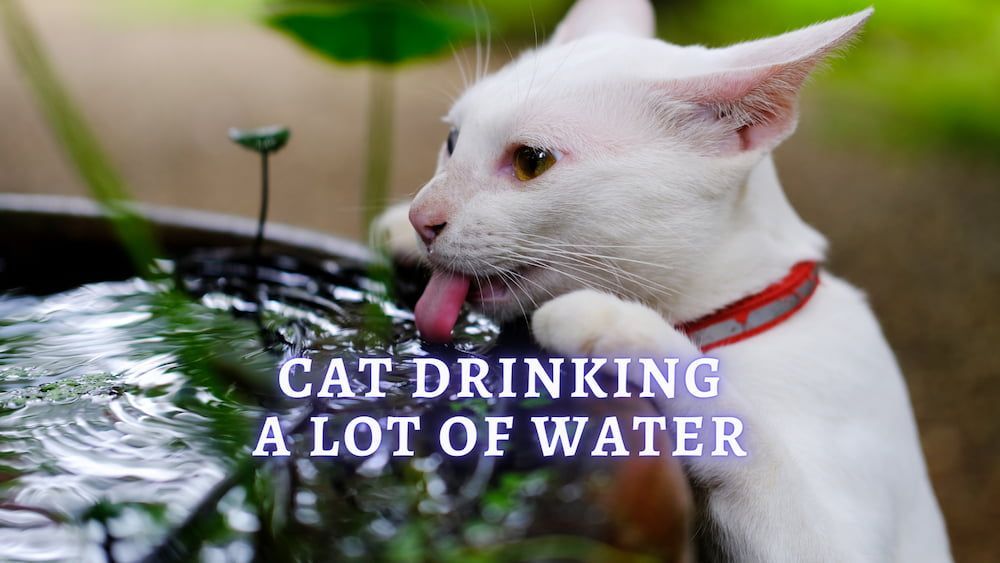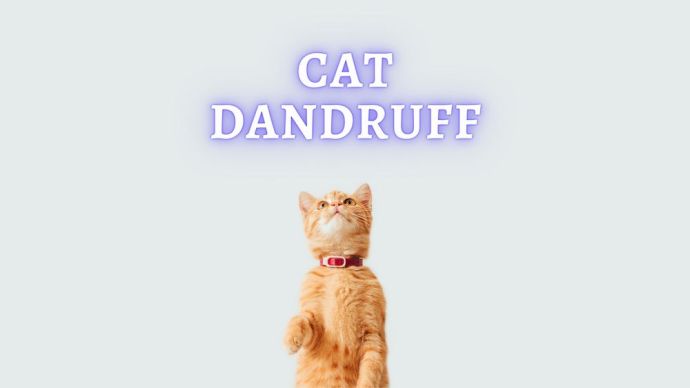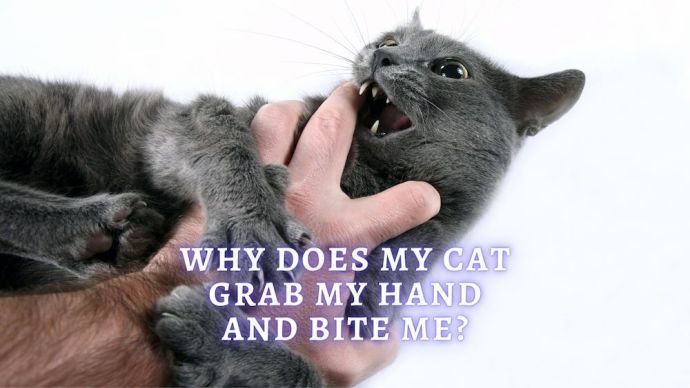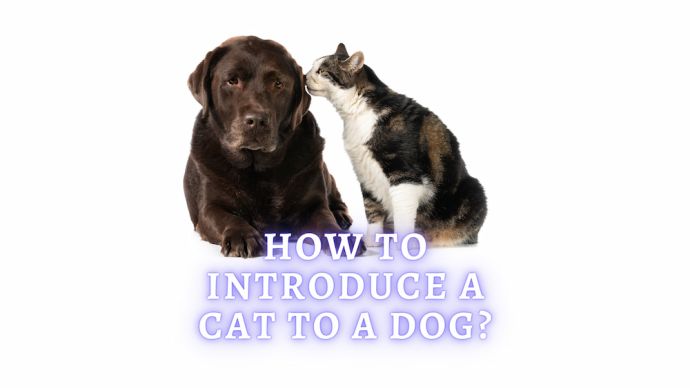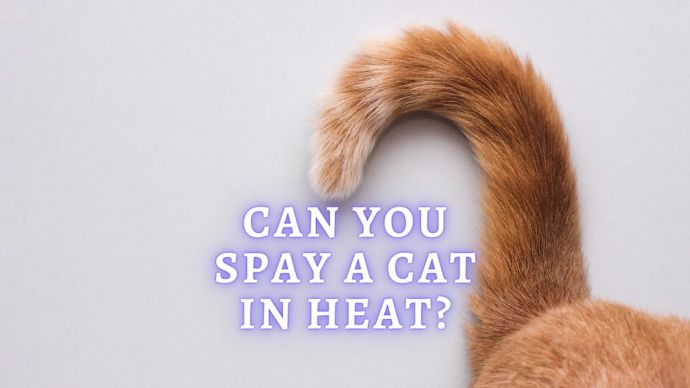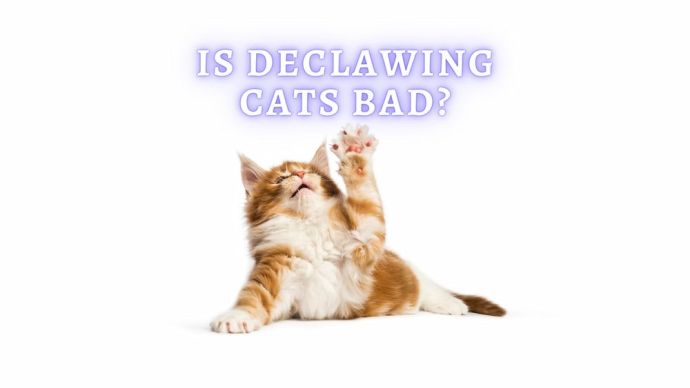Cat Drinking a Lot of Water: Health and Behavior Reasons Why Your Cat Drinks So Much
Written by:
Author: Vicki Smirnova
Vicki Smirnova is a professional writer and editor who adores animals and helps readers get along well with their pets. She has been working in digital media for more than 5 years and has great experience writing content about lifestyle, including pets. Vicki specializes in dog health and nutrition, cat feeding, dog training. She is an aquarium lover and is passionate to write about fish care at home. Also, Vicki headed several websites and worked as a news editor.
View all 245 articlesLearn about our editorial process and veterinary review board.
Viewed: 423
Updated on: 01/24/2022
Water is a vital source of life for any organism, and cats need water every day. Therefore, it is crucial to know whether your cat drinks enough fluids and how to balance its intake.
Each animal has its own water norm, ensuring fluid balance in all organs and systems. Constant thirst can be caused by changes in the weather (a sharp climate change, for example), diet changes, excessive hyperactivity, age, or other factors. But, perhaps, some “problems” in the animal’s body need to be identified and eliminated as soon as possible.
How much water is normal for a cat to drink in a day?
The amount of water a cat needs for normal functioning depends on many factors: age, health status, and weight. Considering these data, you can calculate how much water your cat should drink per day. A cat’s body is 70-80% water. Usually, an average of 0.5-0.8 fl oz of liquid should fall on one pound of a cat’s body weight; thus, a cat weighing 10 pounds, should consume 5-8 fl oz of water per day – a little less than a glass!
Instinctively, each animal independently determines how much water it needs for daily consumption. Therefore, a caring and adequate owner should not forcibly make a cat drink water, trying to make the pet “get” the normal amount.
Veterinarians claim that each cat has its own water consumption rate and that it is possible to determine whether or not the pet has had enough liquid by the animal’s behavior. If the cat is cheerful and active, eats with an appetite, and does not lose weight, then everything is fine with its health. The condition of the coat and skin also speaks volumes. If a cat’s coat is thick and shiny, and the skin is supple, then the pet has no problems with water consumption. [1]
READ MORE: Dehydration in Cats: Causes, Signs, Symptoms, and Treatment (Vet Advice)
Why is my cat drinking more water than usual?
Increased thirst and drinking huge amounts of water is called polydipsia. The thirst of the animal increases when the conditions of existence change, in most cases this is compensation for increased water consumption in the body.
And if this is really increased thirst, the cat will begin to drink more water than 1-1.6 fl oz per 1 pound of body weight per day. The owner may notice that his pet will begin to approach the bowl more often and even look for new water sources even without accurate calculations.
Increased thirst can be caused by changes in your pet’s diet or in its maintenance conditions and can serve as a symptom of a serious illness. There may be several reasons for such thirst. Only a specialist can determine the cause based on an examination of the animal and the results of laboratory tests. The cause may be such common diseases as diabetes, heart or kidney disease, and oncological diseases with concomitant hypercalcemia. Only tests and, if necessary, an ultrasound of the abdominal cavity will confirm the presence of any disease.
In addition to possible health problems, a cat can drink a lot due to taking previously prescribed medications, for example, diuretics. It is also worth paying attention to the animal’s diet. Cats can also drink a lot on hot days in summer; do not be afraid; this is normal because everyone is thirsty when it’s 100°F outside.
The reasons why a cat consumes an increased amount of fluid can be divided into physiological and pathological. The first group includes the following factors that are not related to the pathology of organs:
- Pregnancy, lactation period.
- Recovery period after surgery.
- Excessive physical activity.
- Hot weather.
- Increased salt content or insufficient amount of protein in the diet.
- The use of certain products, such as rice, which acts on animals in much the same way as the diuretic furosemide.
- Dry air in the room.
- Dampness.
- Old age.
Kittens, as a rule, drink little, but old animals often have polydipsia.
As mentioned earlier, there is no need to panic if your cat suddenly begins to drink more water. If there are no other alarming symptoms (for example, character changes, various skin rashes, nasal discharge, etc.), do not worry and do not dramatize! Just provide your pet with unlimited access to fresh water and follow his balanced diet.
Health problems that can cause increased water consumption
If the pet shows any signs of a disease, it is better to immediately seek help from a veterinarian. Specialists will conduct a comprehensive diagnosis and identify the existing pathology at an early stage.
Polydipsia (i.e. excessive thirst) may indicate such diseases:
- Diabetes mellitus is a disease that causes constant thirst in animals. The pancreas ceases and doesn’t produce the necessary amount of the hormone insulin; as a result, there are problems delivering glucose to the cells in the kidneys, moisture cannot be filtered normally and the cat quickly loses water.
- Chronic renal failure is one of the most common diseases in older animals. Cells cannot function normally and contain the right amount of moisture.
- Hepatitis is provoked by inflammation of the liver and is characterized by constant thirst in the animal.
- Viral diseases of various types, having different symptoms, often have the same manifestation in increased water consumption by a pet.
- Diarrhea or vomiting caused by poisoning with stale foods often provoke increased thirst – this makes it easier for the body to cope with toxic effects.
- Kidney failure. Most cat owners will sooner or later encounter this disease in their pets, so it is worth being prepared for it.
To more accurately identify changes in food preferences in a cat, you should observe its behavior for at least one week. If the state of its health allows, the most complete picture can be made by observing it for three weeks to one month.
It is worth resorting to the help of a doctor if the volume of fluid consumed per day has increased at least one and a half times in a short period. It may also be that your cat drinks water simply because she stole something salty from your table or the weather is too hot. [2]
READ MORE: How Often Should You Take a Cat to the Vet?
Are there any behavioral causes of cats drinking a lot of water?
Increased thirst in a cat can be due to stress. A change of residence, the appearance of another pet in the house, noisy company or a long absence of owners can contribute to the symptoms of polydipsia.
Why do older cats drink a lot of water?
Elderly cats drink a lot, as the amount of liquid contained in the body decreases during aging, so the need to replenish the water reserve from the outside increases.
READ MORE: Why Are Cats Afraid Of Water?
What to do if your cat is drinking a lot?
First, you need to examine your pet. If the cat drinking excessively, most likely there are other signs of an atypical pet condition; for example, vomiting, bloating, lethargy, skin changes or matted fur. If there are at least two of these signs, including thirst, it is better not to wait and immediately seek help from a veterinarian.
The veterinarian will examine the animal and conduct the necessary laboratory tests: urine, blood tests, ultrasound examination of the pancreas (if diabetes mellitus is suspected), and checking the level of hormones. After determining the cause, the veterinarian will develop a treatment regimen. Therapy is aimed at eliminating the disease that caused increased thirst.
If the animal takes medication, it is worth contacting a veterinarian and correcting the dose of medication.
If increased thirst is caused by natural causes, then there is no reason to panic. For example, the condition of a mother cat returns to normal as soon as the pet stops feeding her offspring.
As a rule, thirst caused by eating habits disappears after adjusting the diet. Cat food should not be too salty, and dry food, which always makes animals want to drink more than usual, should be alternated with wet, canned food.
FAQs
Is it bad if your cat drinks a lot of water?
You should always remember that a strong need for liquid can indicate a dangerous disease, so it’s better to visit a veterinarian, who will tell you exactly why the cat has begun to drink a lot of water.
How do you know if your cat is drinking too much water?
The amount of fluid required by the body can be calculated approximately: 0.5-0.8 fl oz of fluid per 1 pound of cat body weight. Moreover, it is necessary to count water and wet food, milk, broth, etc.
Is it healthy for a cat to excessive drinking?
If increased thirst is caused by natural causes, there is no reason to panic. As a rule, thirst caused by eating habits disappears after adjusting the diet. If the owner has concluded that the cat’s thirst is not caused by natural causes, he should immediately take the animal to a veterinary clinic.
How much water is too much for a cat?
The average daily water norm for a cat is 2.2-3.7 fl oz per 5 pounds of weight. If a cat eats wet food and eats other nutritious foods, a certain part of the daily norm of fluid enters its body.
Article Sources:
- “Increased Thirst and Drinking.” International Cat Care, icatcare.org/advice/increased-thirst-and-drinking/.
- “Why Is My Cat Drinking a Lot?” The Daily Wag!, 14 Jan. 2022, wagwalking.com/cat/symptom/why-is-my-cat-drinking-a-lot.
READ MORE: Can Cats Swim?
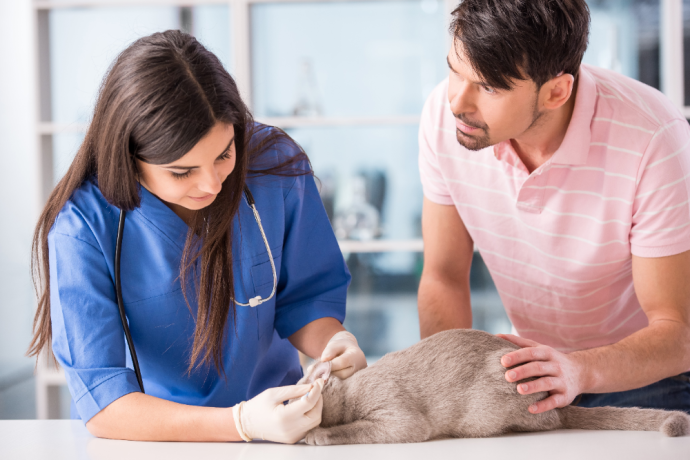 Cat Veterinary Tips Cat Fleas and Ticks: How to get rid of Fleas on Cats? (Vet Advice)
Cat Veterinary Tips Cat Fleas and Ticks: How to get rid of Fleas on Cats? (Vet Advice) - 170
- 0
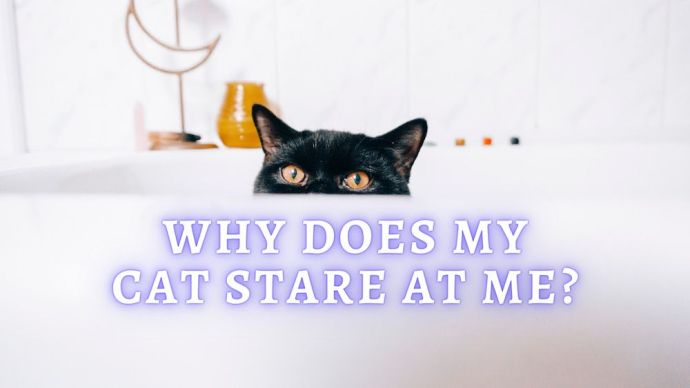 Cat Care Why Does My Cat Stare At Me? Cats Behavior and Body Language Explanation
Cat Care Why Does My Cat Stare At Me? Cats Behavior and Body Language Explanation - 189
- 0
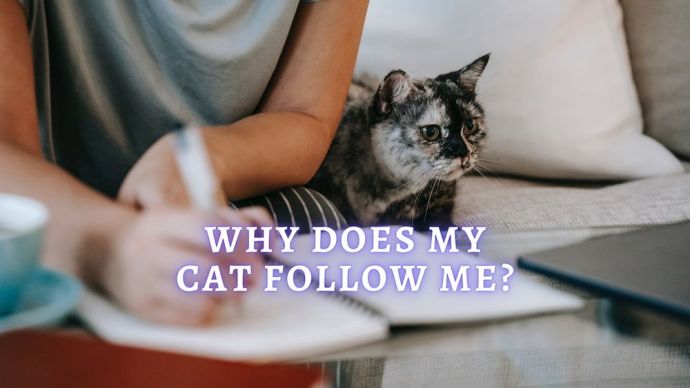 Cat Care Why Does My Cat Follow Me? Reasons Why Your Cat’s Following You Everywhere
Cat Care Why Does My Cat Follow Me? Reasons Why Your Cat’s Following You Everywhere - 181
- 0
 Cat Care Why Does My Cat Attack My Legs? 10 Reasons Why and What To Do About It (Vet-Approved Advice)
Cat Care Why Does My Cat Attack My Legs? 10 Reasons Why and What To Do About It (Vet-Approved Advice) - 45084
- 21
 Cat Veterinary Tips Cat Stomach Gurgling: Vet Advice on Why is Your Cat Stomach Gurgling?
Cat Veterinary Tips Cat Stomach Gurgling: Vet Advice on Why is Your Cat Stomach Gurgling? - 33735
- 4
 Cat Veterinary Tips My Cat Lost its Voice: Can Cats get Laryngitis? (Vet Advice)
Cat Veterinary Tips My Cat Lost its Voice: Can Cats get Laryngitis? (Vet Advice) - 22891
- 13









